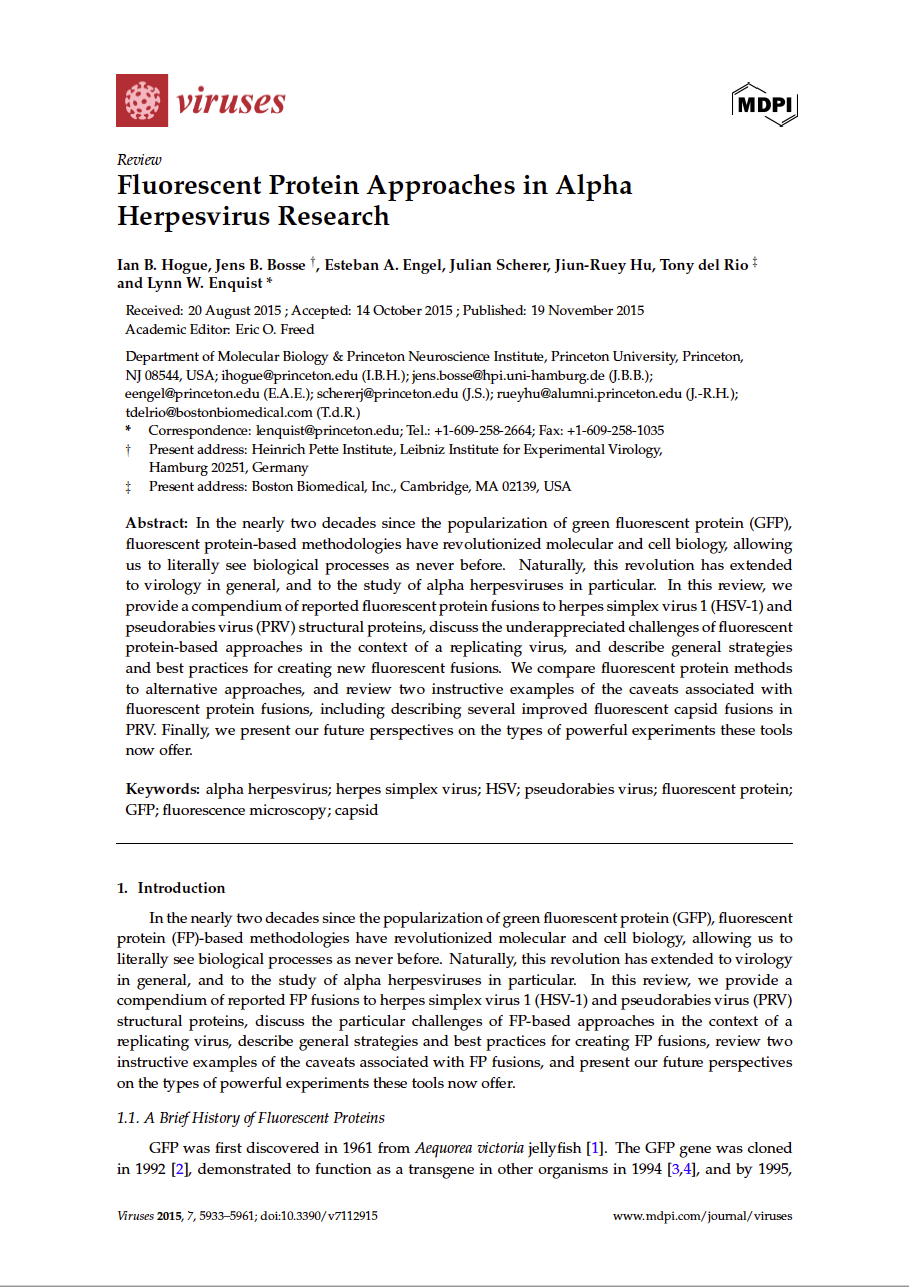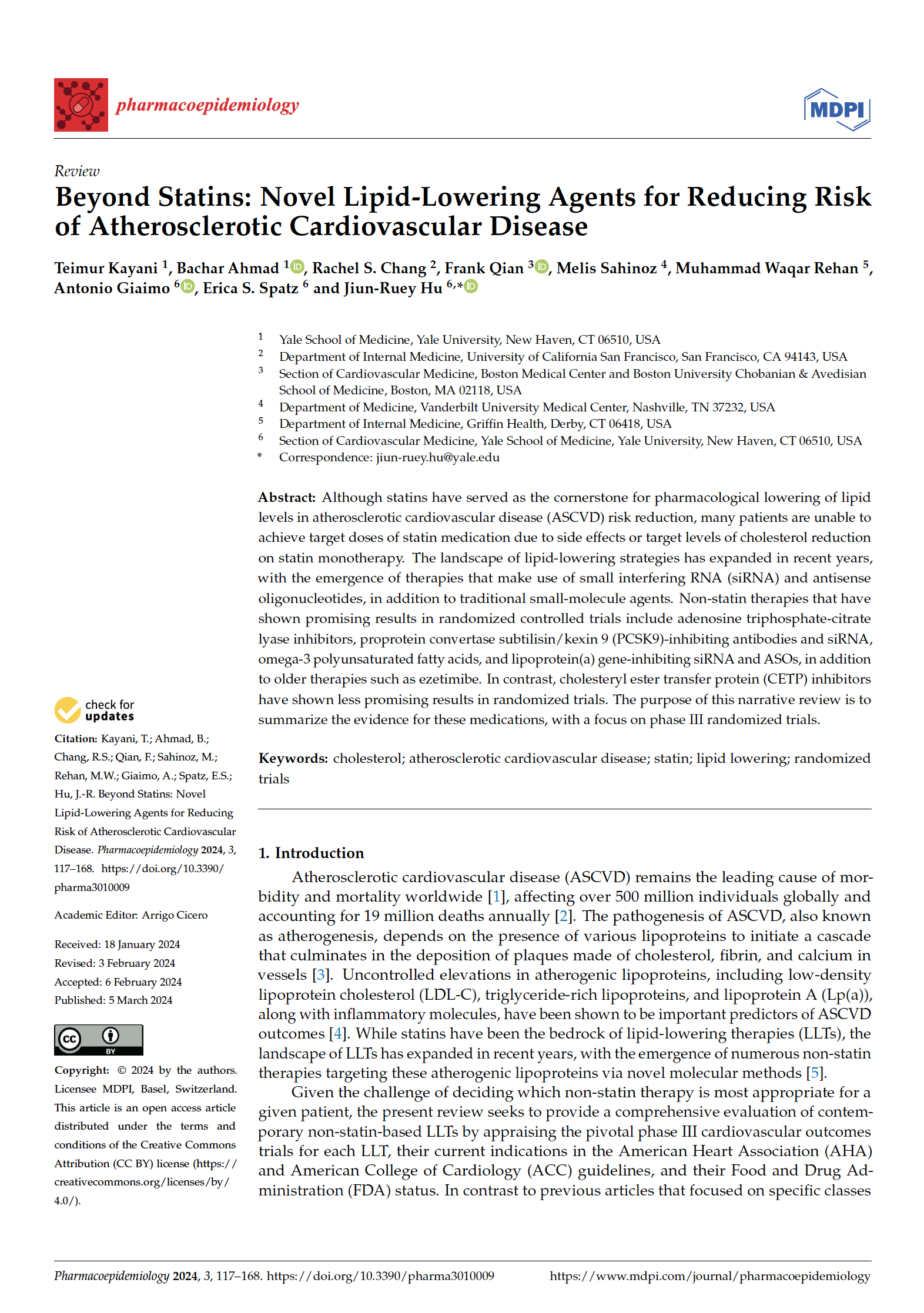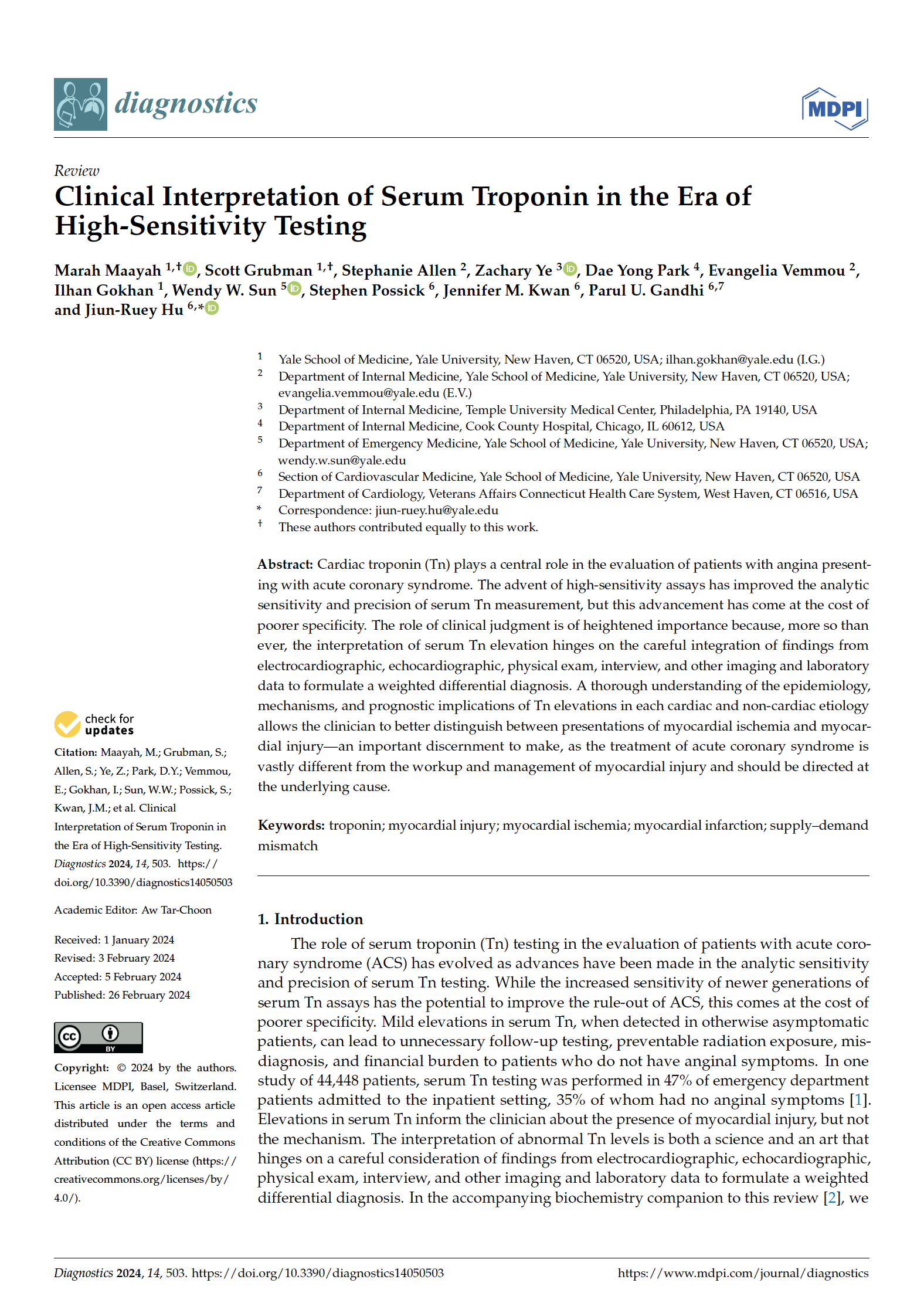📝 Abstract
In the nearly two decades since the popularization of green fluorescent protein (GFP), fluorescent protein-based methodologies have revolutionized molecular and cell biology, allowing us to literally see biological processes as never before. Naturally, this revolution has extended to virology in general, and to the study of alpha herpesviruses in particular. In this review, we provide a compendium of reported fluorescent protein fusions to herpes simplex virus 1 (HSV-1) and pseudorabies virus (PRV) structural proteins, discuss the underappreciated challenges of fluorescent protein-based approaches in the context of a replicating virus, and describe general strategies and best practices for creating new fluorescent fusions. We compare fluorescent protein methods to alternative approaches, and review two instructive examples of the caveats associated with fluorescent protein fusions, including describing several improved fluorescent capsid fusions in PRV. Finally, we present our future perspectives on the types of powerful experiments these tools now offer.


